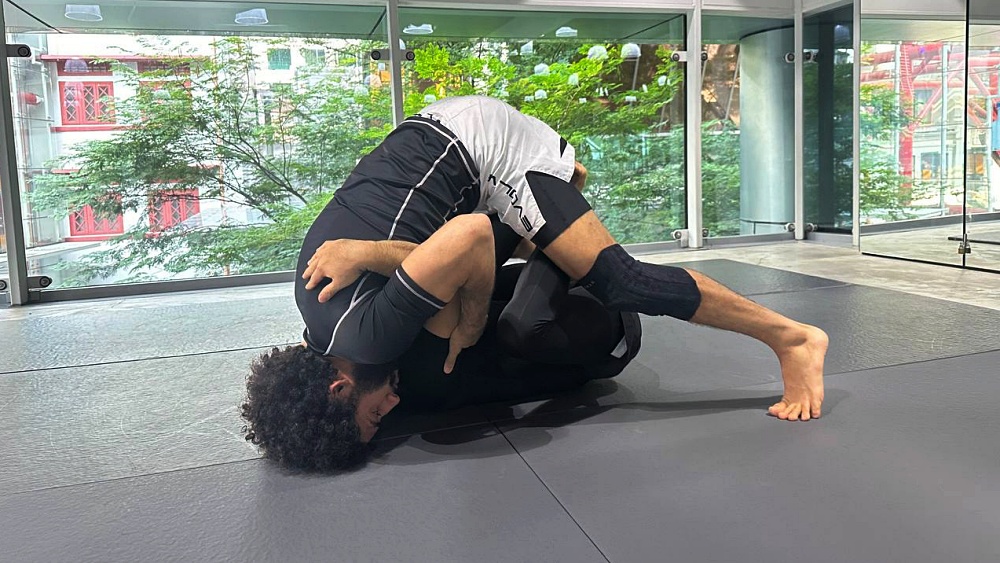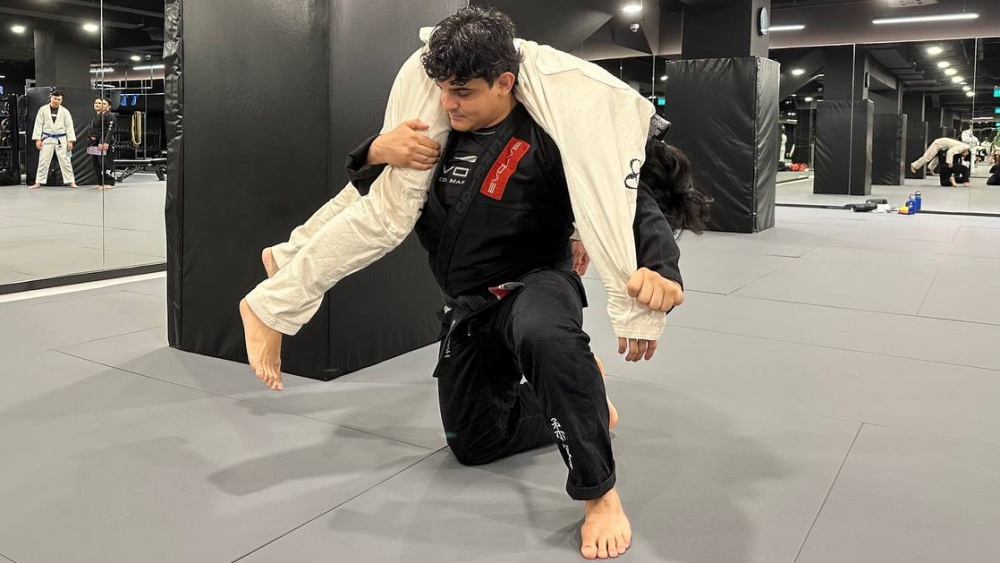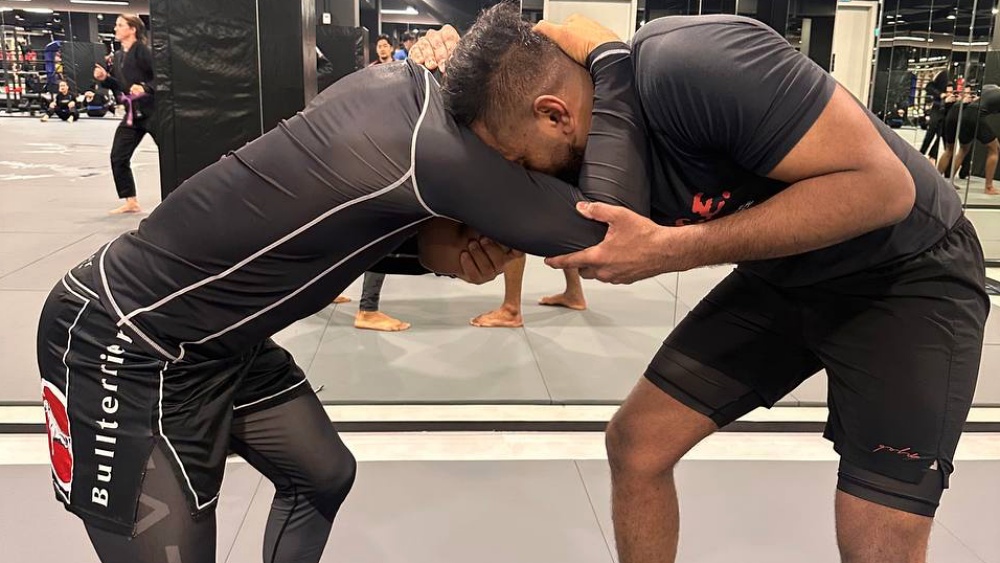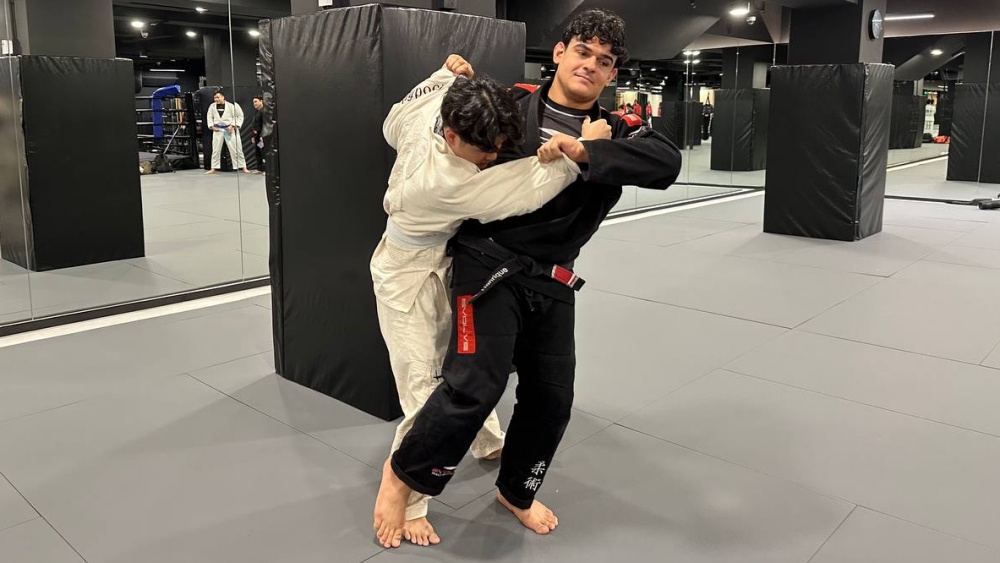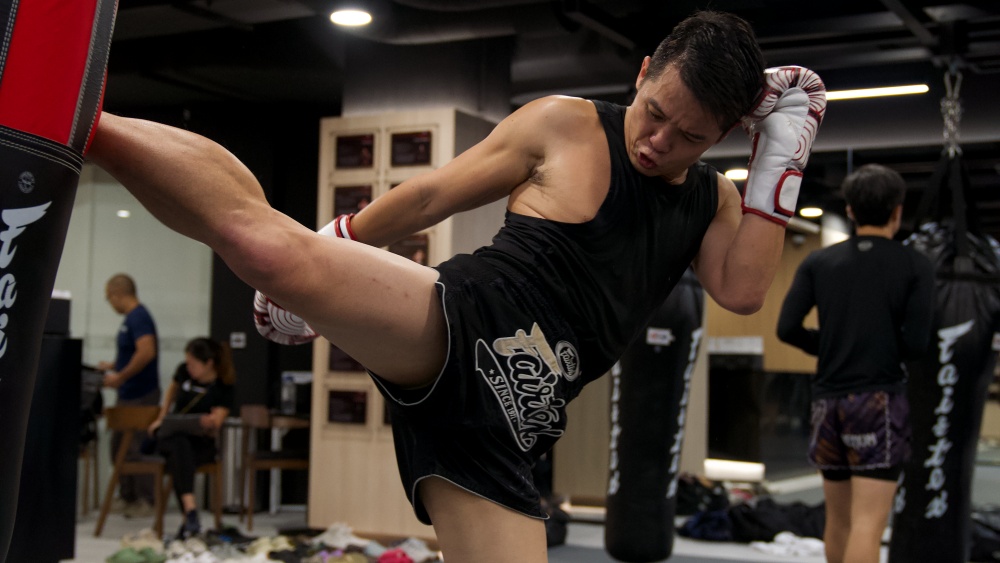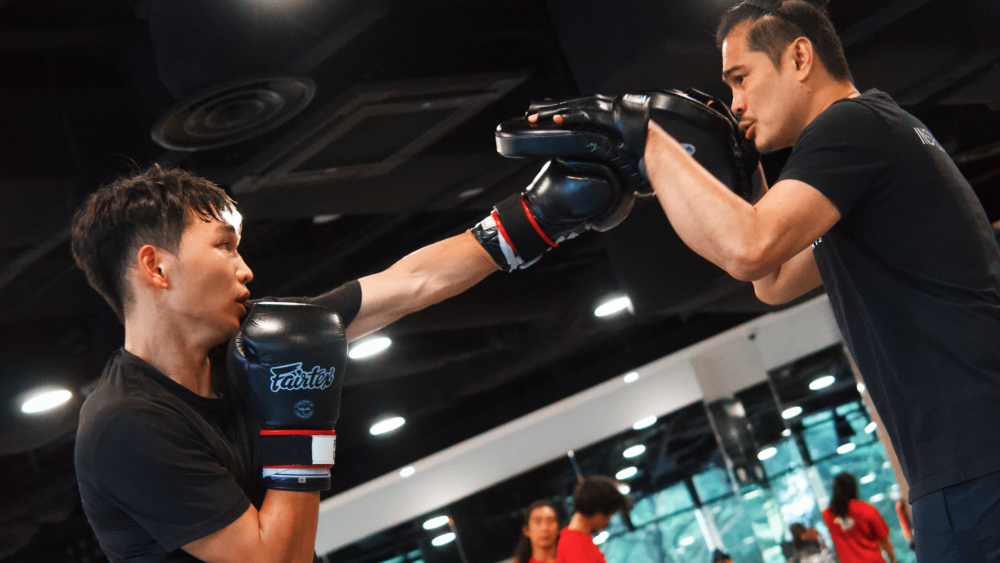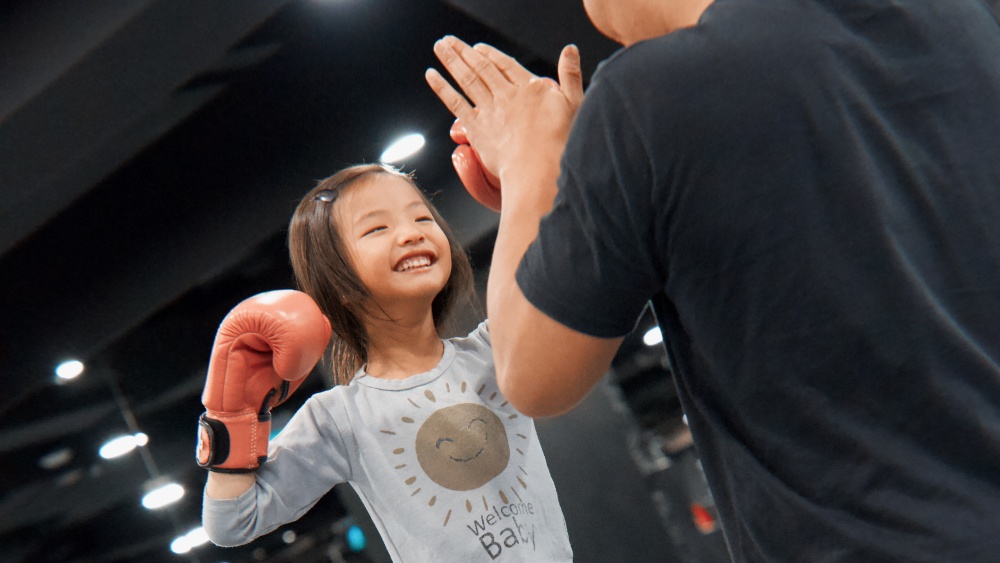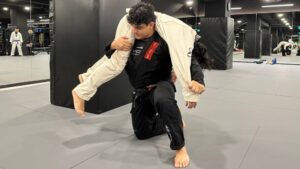Brazilian Jiu-Jitsu is an ever-evolving martial art with diverse techniques designed to give a strategic advantage in sparring and competition. Among these techniques, the tripod pass is a move that’s getting a lot of traction in today’s No-Gi scene, as it is a great and easy way to pass to side control or even straight to full mount. This passing approach allows a practitioner to effectively navigate and pass the opponent’s guard by using pummeling, nullifying common defensive reactions. This article explores the tripod pass, a technique we highly recommend you try.
Importance Of Guard Passing
Guard passing is a key component in Brazilian Jiu-Jitsu and is a position that requires many years of trial and error. To define, passing the guard means bypassing the opponent’s frames (arms and legs) and moving to a dominant position such as side control, mount, knee on belly, or north-south.
Jiu-Jitsu has a vast array of guard passing techniques from which to choose from. A practitioner’s favored passing techniques reflect their preferences on how to use their body against a fully resisting person. While the decision to choose which guard passing techniques varies from person to person, there are a couple of “must-learn” techniques to know. These are the ones that work against the highest level of competition and can be used by practically anyone. In our opinion, the tripod pass is one of these “must-learn” techniques.
What Is The Tripod Guard Pass In BJJ?
The tripod guard pass is a dynamic technique where the practitioner stands over the opponent, manipulating their legs to bypass the guard and achieve a dominant top position. The term “tripod” comes from the stable base formed during execution, typically involving two feet and occasionally a knee, creating a stable three-point contact with the mat. There are a number of variations of the tripod pass. Some variations involve a more dynamic style, while the more modern version is mainly used for camping and forcing the opponent to stay on the defense. This pass is especially useful against various guard styles, making it a versatile addition to any grappler’s repertoire. It is effective not only in passing guards but also in setting up further offensive actions.
Mechanics Of The Tripod Guard Pass
The tripod pass is one of the primary weapons of fast-rising Jiu-Jitsu star Jozef Chen of B-Team Jiu-Jitsu. Jozef is perhaps one of the most technical No-Gi practitioners in the world and is known for his analytical perspective on the sport.
Executing the tripod pass involves a couple of critical steps. Jozef explains that for him, forcing the opponent on their back is a crucial initial step as it lessens many counter-attacking options from the bottom. He likes to use the underhook and head block combination because this configuration creates separation and forces the elbows to move away from the torso. The initial steps to passing the guard look kind of similar to the body lock pass, but locking the hands is not required. Also, the method of passing using the tripod style focuses more on leg pummeling rather than smashing your way in. Jozef shares his favored leg pummeling moves in the video, a vital part of mastering the guard passing technique. After clearing the legs, the practitioner quickly transitions to a dominant position such as side control or mount.
Advantages Of The Tripod Guard Pass
The tripod pass is favored for several reasons. It offers efficiency, allowing for quick and effective guard passing, which is important in both training and competitive scenarios. The technique enables the practitioner to maintain continuous control, making it difficult for the opponent to counter or escape. Additionally, the pass is adaptable to various guard types and effective against opponents of all sizes, relying on technique and timing rather than strength. It is important to note that while the video is focused on No-Gi tactics, the tripod pass (especially Jozef Chen’s version) can also be used in the Gi. Using Gi-specific grips is recommended to strengthen the guard pass further.
Strategic Considerations And Implications
Effective use of the tripod guard pass requires attention to several strategic elements. Superior grip fighting skills are essential to secure and maintain the necessary controls to initiate and complete the pass. Maintaining proper posture and balance is critical to avoid being unbalanced or swept during the execution. One must be very aware of their center of gravity because a slight miscalculation will lead to many unfavorable positions. Also, the ability to adapt to the opponent’s counters by modifying the pass or transitioning to other strategies is crucial for maintaining the advantage.
Training The Tripod Guard Pass
Adding the tripod pass into a practitioner’s repertoire requires focused practice and repetition. Regular practice of the pass’s mechanics is essential for building muscle memory and fluency in its execution. Practicing the pass in various sparring scenarios allows practitioners to adapt the technique against different types of opponents and guards. Continuous improvement through feedback from instructors or higher belts can help refine the technique and address tactical errors.
We advise drilling the technique, along with its entries, as much as possible for several weeks. This is to help understand the underlying mechanics of the move. It is important to focus on the grips, pummeling, and weight placement in the beginning, as these are the aspects where many newbies go wrong with the technique. Slowly include the tripod pass in actual sparring as the weeks go by, making sure that proper execution is done at all times.
Conclusion
The tripod pass is a fundamental technique in Brazilian Jiu-Jitsu that provides practitioners with a powerful tool for overcoming an opponent’s stubborn guard. Its combination of efficiency, control, and adaptability makes it invaluable for practitioners at all levels. Mastery of the tripod pass requires dedication, consistent practice, and a strategic understanding of its applications. By incorporating this pass into their game, practitioners can significantly enhance their guard passing arsenal, leading to more successful and dominant performances on the mats.
You may also like:
